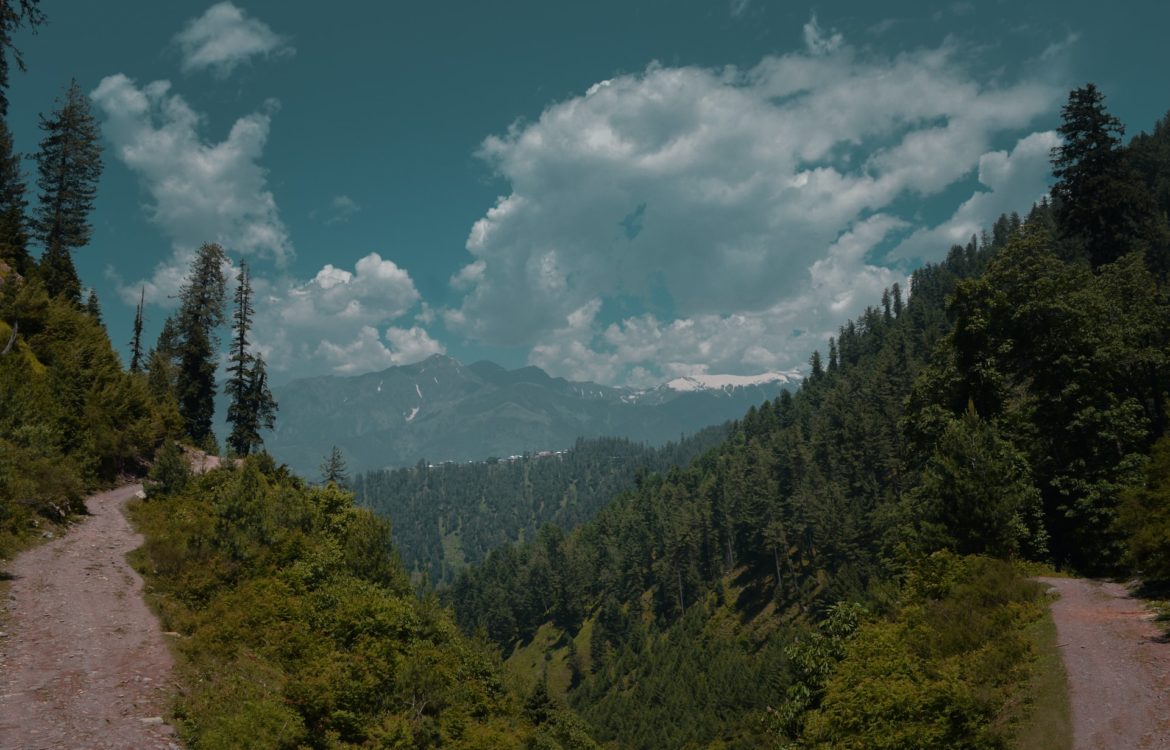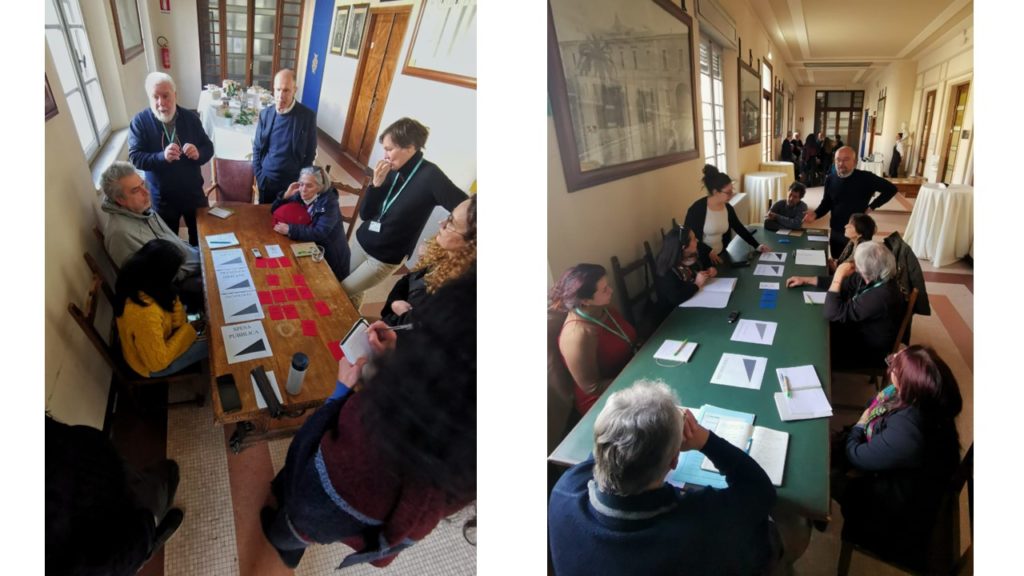
Scenario method and its application in MOVING
Written by Manola Colabianchi
The EU-funded project MOVING – Mountain Valorisation Through Interconnectedness and Green Growth – applies the scenario method with the aim of co-building shared strategies and policies that can shape the future towards more sustainable and resilient mountain territories. The elaboration and discussion of scenarios, as defined in the project guidelines, should be:
- participatory as it includes farmers, policy makers, representatives of public authorities at local, regional and national level, experts, young people and women;
- at different scales as it develops at a regional, interregional (5 cluster) and European (1 area) level;
- with a timeframe in line with the EU long-term strategy for climate neutrality of 2050.
What is a scenario? The word ‘scenario’ comes from the Latin scaena, meaning scene. The term has an ancient root and was originally used in the context of Latin theatre (Van Notten, 2006). Bishop et al. define it as the “archetypal product of future studies” (Bishop, Hines, & Collins, 2007), a method that shaped Plato’s description of his ideal Republic and the visions of Thomas More or George Orwell (Bradfield, Wright, Burt, Cairns, & Heijden, 2005).
Herman Kahn, the ‘father’ of the scenario method, used this term for long-term visions of the future (Kleiner, 1999), defining the scenario as the result of a sequence of hypothetical events (Ringland, 1998). The idea, as explained by the writer Leo Rosten who proposed the use of this term, is to emphasise not so much the prediction as the invention of stories. As Friedmann argues “[…] ‘scenarios’ are a way of assessing potential outcomes and their effect on local populations, the economy and the ecology of cities. It is a way of probing the future to make smarter, more informed decisions in the present” (2004). These words emphasise the exploratory role of scenarios and the complex interplay of various factors, both predetermined and uncertain, with which they are confronted.
PAGE researchers have organized meetings with a promising group of local stakeholders, brought together in a Multi-Actor Platform (MAP), with the aim of creating a participatory opportunity for co-learning and co-design. The first meeting (fig. 1 and 2) for the elaboration and participatory discussion of scenarios, within the MOVING project (WP6) was held at the Department of Agriculture, Food and the Environment on February 2, 2023. Various local actors and national, relevant for the future of the mountain area of the Northern Apennines, have been involved in a series of “serious games” with the aim of exploring different futures from unknown lenses.

References:
Bishop, P., Hines, A., & Collins, T. (2007). The current state of scenario development: An overview of techniques. Foresight – The journal of future studies, 5-25.
Bradfield, R., Wright, G., Burt, G., Cairns, G., & Heijden, K. V. (2005). The origins and evolution of scenario techniques in long range business planning. The origins and evolutioFutures, 37(8), 795-819.
Hyslop, J., Balducci, A., Wiewel, W., Albrechts, L., Healey, P., Friedmann, J., & Bryson, J. (2004). Strategic spatial planning and the longer range . Planning Theory and Practice, 49-67.
Kleiner, A. (1999). Scenario Practice. Whole Earth Quarterly.
Ringland, G. (1998). Scenario Planning: Managing for the Future. Chichester: John Wiley & Sons.
Van Notten, P. (2006). Chapter 4 Scenario development: a typology of approaches. Think Scenarios, Rethink Education.

